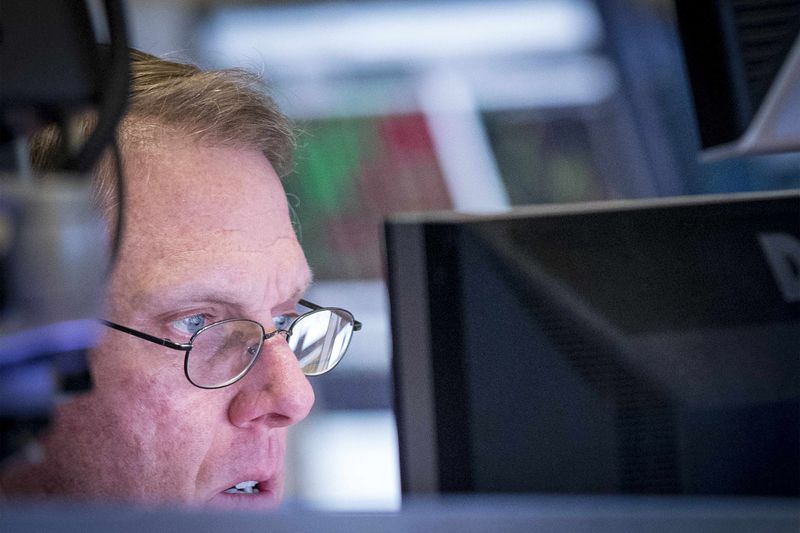Quiver Quantitative - The year 2023 emerged as a period of surprising market resilience, defying Wall Street's grim forecasts and manifesting a significant stock rally. Contrary to expectations, the S&P 500 (SPY (NYSE:SPY)) and Nasdaq 100 (QQQ) experienced significant gains, with the latter achieving its best performance since the dot-com era. This upsurge reflects the enduring impact of consumer demand that has been driving growth and inflation since the pandemic's onset.
As 2022 ended, market strategists at major financial institutions like Morgan Stanley (NYSE:MS), Bank of America (NYSE:BAC), and Goldman Sachs (NYSE:GS) were anticipating a downturn in U.S. stocks, a rise in Treasury bonds (TLT), and a strong performance in Chinese assets. However, these predictions proved inaccurate. Mike Wilson of Morgan Stanley, known for his bearish outlook, expected a sharp decline in the S&P 500. Similarly, Meghan Swiber from Bank of America projected a drop in Treasury bond yields, while Goldman Sachs strategists, including Kamakshya Trivedi, foresaw a robust recovery in the Chinese market.
Market Overview: -Wall Street predictions for 2023 spectacularly misfired, with stocks soaring and bonds largely sideways. -Consensus calls for US recession, falling stocks, and rising Treasury yields all proved wrong. -Unexpected resilience in economy and consumer demand fueled surprising bull market in equities.
Key Points: -Prominent strategists like Wilson (Morgan Stanley) and Swiber (BofA) missed the mark on stocks and bonds. -China reopening failed to materialize as expected, dampening emerging markets outlook. -Fed policy remains uncertain, potentially setting up volatility in 2024.
Looking Ahead: -Wall Street licking its wounds and recalibrating forecasts in light of 2023's surprises. -Investors cautious despite promising end to Fed hikes, mindful of potential 2024 recession. -Market uncertainty likely to persist as new economic and policy dynamics emerge.
Yet, the actual market movements contradicted these forecasts. Despite the Federal Reserve's aggressive interest-rate hikes, which typically signal an economic downturn, the U.S. economy maintained its growth momentum. Innovations in artificial intelligence further fueled the bullish sentiment in the stock market. The S&P 500 soared, and Treasury yields, rather than plummeting, mirrored the levels from a year earlier. The expectations of a Chinese market boom also fell short, as challenges in their economy led to investor pullbacks.
This misalignment between predictions and market realities has led to introspection among Wall Street analysts and strategists. The resilience of the economy against high-interest rates and the surprising market dynamics have compelled strategists to reconsider their models and assumptions. Despite this recalibration, some analysts, like Gennadiy Goldberg from TD (TSX:TD) Securities, remain cautious, predicting an impending recession and a potential bond rally in 2024. This cautious outlook underscores the complexity and unpredictability of financial markets, even for seasoned experts.
This article was originally published on Quiver Quantitative
